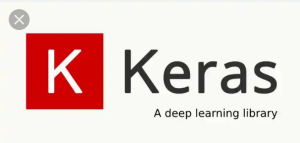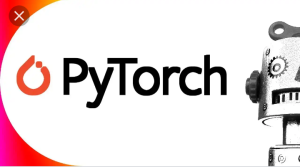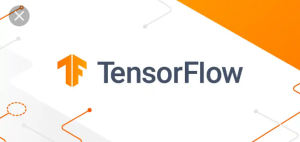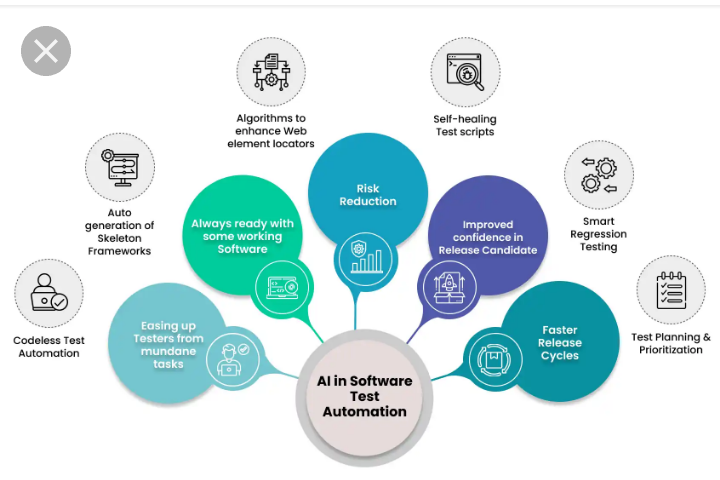AI testing framework is a system used to test the performance of artificial intelligence systems. It is required to improve security, privacy, bias, explainability, and calibration of models.
In establishing an element of trust in AI models, the AI testing framework should be a mechanism for standardized testing and measurement of the reliability of AI models. Its software testing methods and standards used for AI systems remain inadequate.
These systems consist of a set of tools and procedures that are used to assess the accuracy, reliability, and efficiency of AI systems. They are used to test or try out a variety of AI systems such as Natural language processing (NLP) systems, image recognition systems, and machine learning models.
The software testing models are still evolving and are currently restricted and limited to certain data types. Software testing is classified into two types based on functionality. These types are,
- Functional testing which tests the behavior and usability of the software whilst verifying input and output data.
- Next is non-functional testing which can assess the compliance of the application with nonfunctional requirements such as reliability, security, performance, etc.
Currently, there are no predefined tools and procedures to test the Artificial Intelligence (AI) model for the non-functional testing aspects such as trust, privacy, resilience, etc.
Most AI models or black boxes are sealed which means they have some inherent testing challenges and concerns such as insufficient training data, data inconsistencies, vulnerability to manipulation and viruses, and much more and this has caused ethical and legal concerns. These concerns include social media, automated vehicles, patient privacy, converted AI systems, and biases in data utilized for training among others.
One of the many goals of an AI testing framework is to make black box systems more transparent and understandable. It is possible to identify potential issues and make the systems more trustworthy and accountable by testing and evaluating black box systems.
Techniques used by AI testing framework to make black box systems more transparent are
- One technique used by an AI testing framework to make black box systems more transparent is called the “Explanation method”. This involves using algorithms or visuals to explain how this system came to a particular decision.
- Another technique would be “model inspection”. This involves examining the inner workings of the system such as the algorithm and data used to make decisions.
- “Model testing” is another technique that could be used to separate data sets to test the accuracy and fairness of the system. Model testing could also be used to identify potential errors or limitations in the system.
3 Major Types of AI testing framework
Below are three (3) major types of the AI testing framework.
Related Posts
-
Keras:
Keras is an open-source AI testing framework developed by Google and is now a part of the TensorFlow ecosystem. It is an API designed for human beings and not machines. Keras is a high-level deep learning framework for implementing neural networks. It is known for its simplicity and ability to be used with a variety of different deep-learning libraries. It also has several built-in metrics and tools for evaluating the performance of AI models. Keras offers consistent and simple APIs, minimizes the number of user actions required for common use cases, and provides clear and actionable error messages. Yiming Chen, Senior software engineer, Waymo said “Keras has tremendously simplified the development workflow of Waymo’s AI practitioners with the benefits of a significantly simplified API, standardized interface and behaviors, easily shareable model building components, highly improved debuggability”.

-
Pytorch:
Pytorch is an open-source AI testing framework That is popular among researchers and developers. It accelerates the path from research prototyping to production deployment. Pytorch is a featured framework for building and creating deep learning models which is a type of machine learning that is commonly used in applications such as image recognition and language processing. It is flexible and easy to use and learn for most machine learning developers. It is also based on the Python language and the torch library. Its ability to track model metrics over time and create custom metrics makes it well-suited for AI testing.

-
Tensorflow:
Tensorflow is an end-to-end open-source software library for machine learning. It is an AI testing Framework developed by Google. It is used for image classification and language translation. You should have a good knowledge of some programming languages such as Python and C++ to use tensorflow. TensorFlow was developed by Google Brain and the team and written in C++, Python, and CUDA. Its ability to run multiple experiments simultaneously and easily visualize results are features that make it suited for AI testing. It also has a wide range of integrations with other tools and platforms such as Pytorch and Keras as discussed above. All in all, Tensorflow is a toolkit for building and training neural networks.

Conclusion
There are Benefits to using an AI testing framework and they include
It helps to ensure that AI systems are safe and reliable. It also helps to ensure that AI systems are unbiased. It improves the performance and efficiency of AI systems.
It can equally help to identify any potential vulnerabilities or security issues and to monitor and optimize the performance of AI systems over time. It can help to identify any potential ethical or legal concerns with AI systems.
These are just a few of the many benefits of using an AI testing framework.
















